The US government has just approved a grant of 825 million USD to build a research center to develop extreme ultraviolet (EUV) lithography equipment in the country, aiming to break ASML's monopoly.
The new center, called the EUV Accelerator, located at the Albany NanoTech Complex in New York, is the first research and development (R&D) facility established under the auspices of the CHIPS Act.
Aimed at advancing the U.S. semiconductor industry, the EUV Accelerator will be equipped with state-of-the-art chip manufacturing machinery, allowing industry researchers to collaborate with university training partners.
“When advanced research is done in the United States, we will be able to create the most advanced chips in the world, giving us a military advantage,” said Senator Schumer. “Of course, it also ensures that the American economy and businesses have the advantage of advanced semiconductors.”
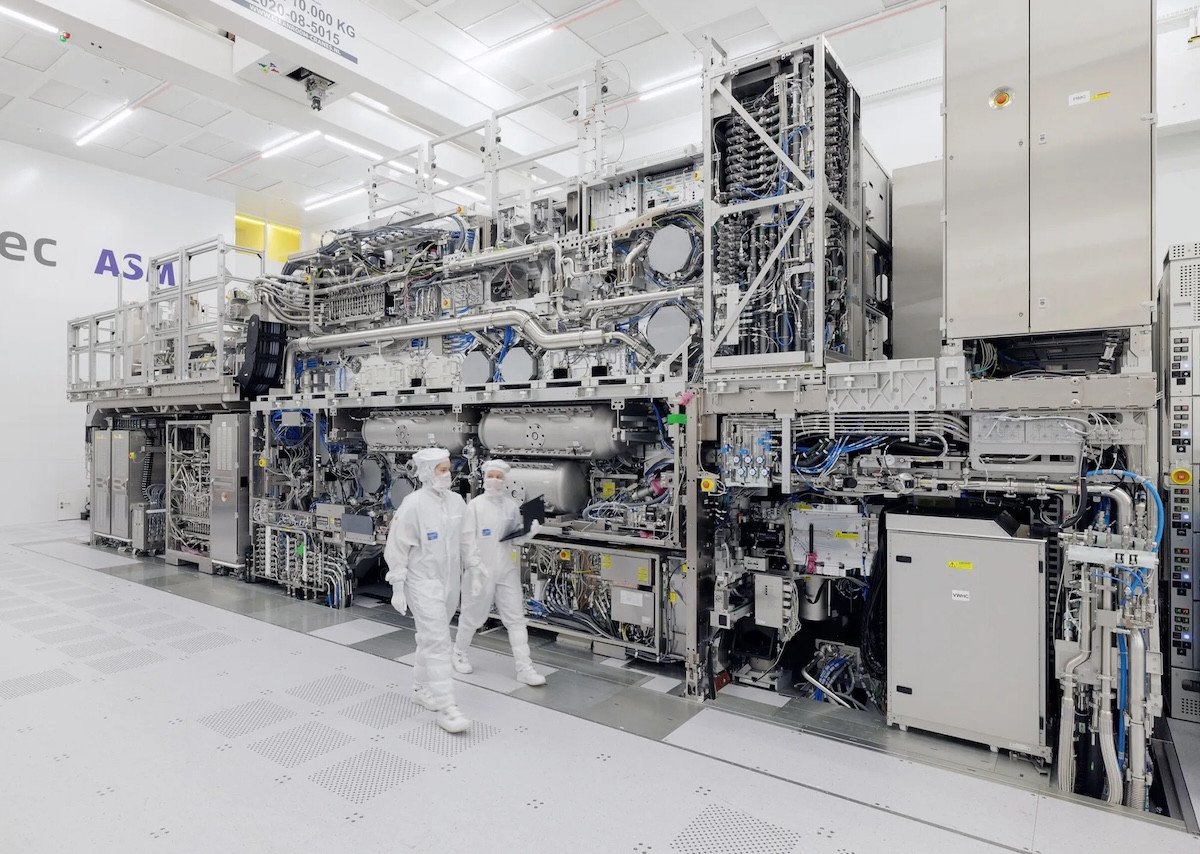
Meanwhile, the US government considers EUV an important technology in the production of advanced chips and aims to master this technology.
Washington also believes that EUV access, research, and development are necessary to expand US leadership, reduce prototyping time and costs, and build and sustain a semiconductor workforce ecosystem.
Once operational, the EUV Accelerator is expected to focus on developing advanced high-numerical-aperture EUV as well as researching other EUV-based technologies.
The center is expected to provide access to standard EUV NA next year and high-NA EUV in 2026 to members of the US National Semiconductor Technology Center (NTSC) and Natcast.
"The launch of the center marks an important milestone in ensuring the United States remains the global leader in semiconductor innovation," said Gina Raimondo, US Secretary of Commerce.
In February, the Biden administration announced a grant to chipmaker GlobalFoundries to boost manufacturing in northern Albany and Vermont. In April, the U.S. announced a $6.1 billion package to Micron to produce advanced memory chips.
Photolithography is the process of printing a circuit diagram onto the photosensitive surface of a silicon wafer by shining a light beam onto the silicon wafer through a glass plate on which the circuit diagram has been drawn.
Smaller circuits require shorter wavelength light sources, with extreme ultraviolet (EUV) being the most advanced development today.
In recent years, ASML has been a "monopoly" in providing photolithography machines, turning the Dutch company into a "bottleneck" in the semiconductor supply chain.
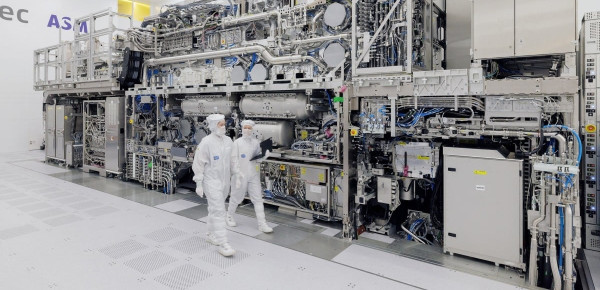
These foundries are also a hot “front” between Washington and Beijing. Currently, ASML sells its most advanced EUV High-NA machine for $380 million, with the first one shipped to Intel earlier this year and the second to an “unidentified customer.”
Not only the US, but also links in the global semiconductor supply chain are trying to produce EUV themselves.
Earlier in August, Japanese researchers (OIST) said they had successfully developed a simpler and cheaper EUV lithography machine. Not only that, this device also has a simpler design than ASML's conventional system, such as reducing it to just two optical mirrors, instead of the default six.
With a simpler structure and cheaper than ASML's equipment, the new EUV machine, if mass produced, could reshape the chip foundry industry, thereby affecting the entire semiconductor industry.
In addition, one of the advantages of the machine is increased reliability and reduced complexity in maintenance. Significant reduction in power consumption is also a strong point of the new system.
Thanks to the optimized light path, the system operates with an EUV light source of just 20 W, resulting in a total power consumption of less than 100 kW. In comparison, conventional EUV systems typically require more than 1 MW of power.
OIST has filed a patent for the technology and said it will continue to develop EUV lithography machines for practical applications. The global EUV machine market is expected to grow from $8.9 billion in 2024 to $17.4 billion in 2030.
(According to Fortune, Bloomberg)
Source: https://vietnamnet.vn/my-tim-cach-pha-the-doc-quyen-cua-asml-2338672.html



![[Photo] Unique folk games at Chuong Village Festival](https://vstatic.vietnam.vn/vietnam/resource/IMAGE/2025/4/10/cff805a06fdd443b9474c017f98075a4)
![[Photo] April Festival in Can Tho City](https://vstatic.vietnam.vn/vietnam/resource/IMAGE/2025/4/10/bf5ae82870e648fabfbcc93a25b481ea)

![[Photo] Opening of the 11th Conference of the 13th Party Central Committee](https://vstatic.vietnam.vn/vietnam/resource/IMAGE/2025/4/10/f9e717b67de343d7b687cb419c0829a2)










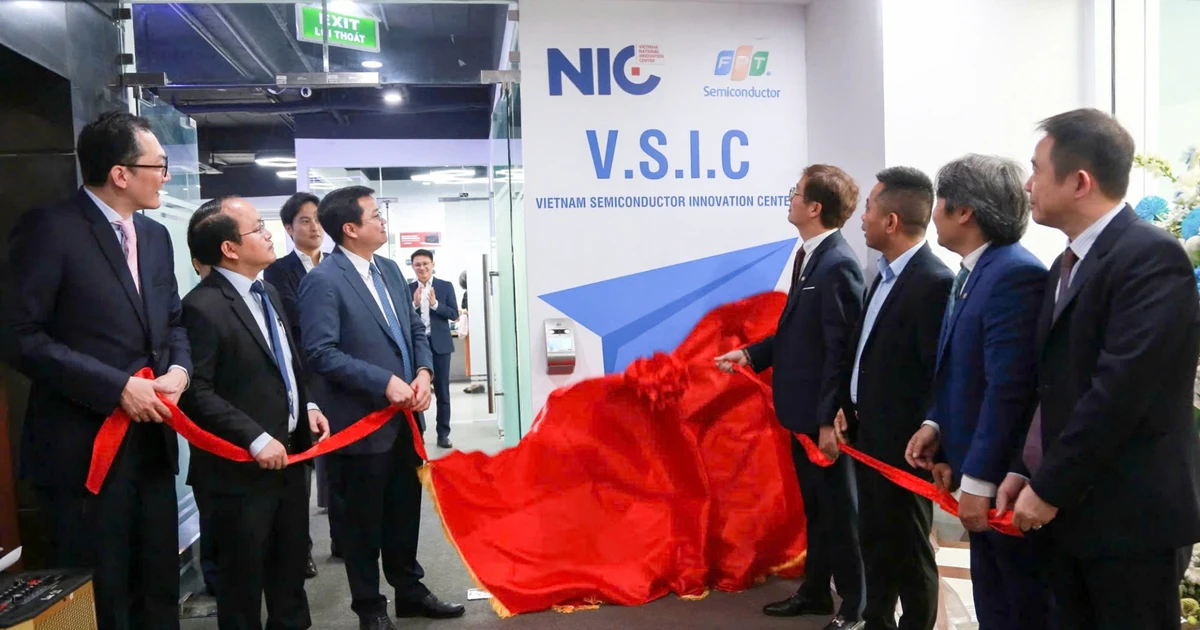


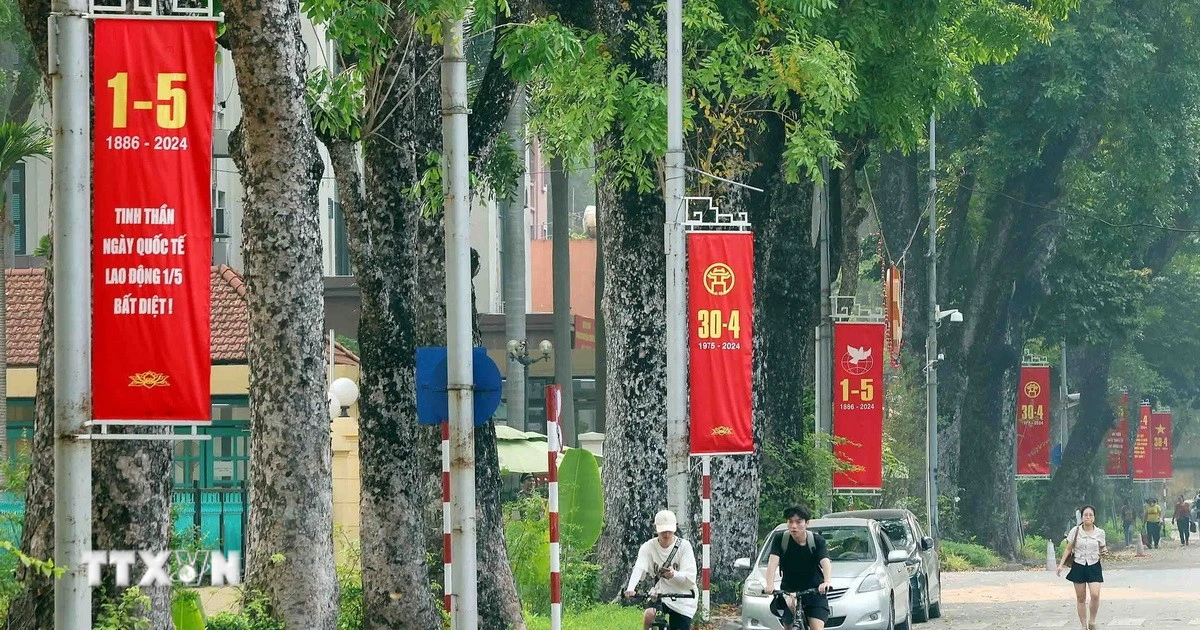

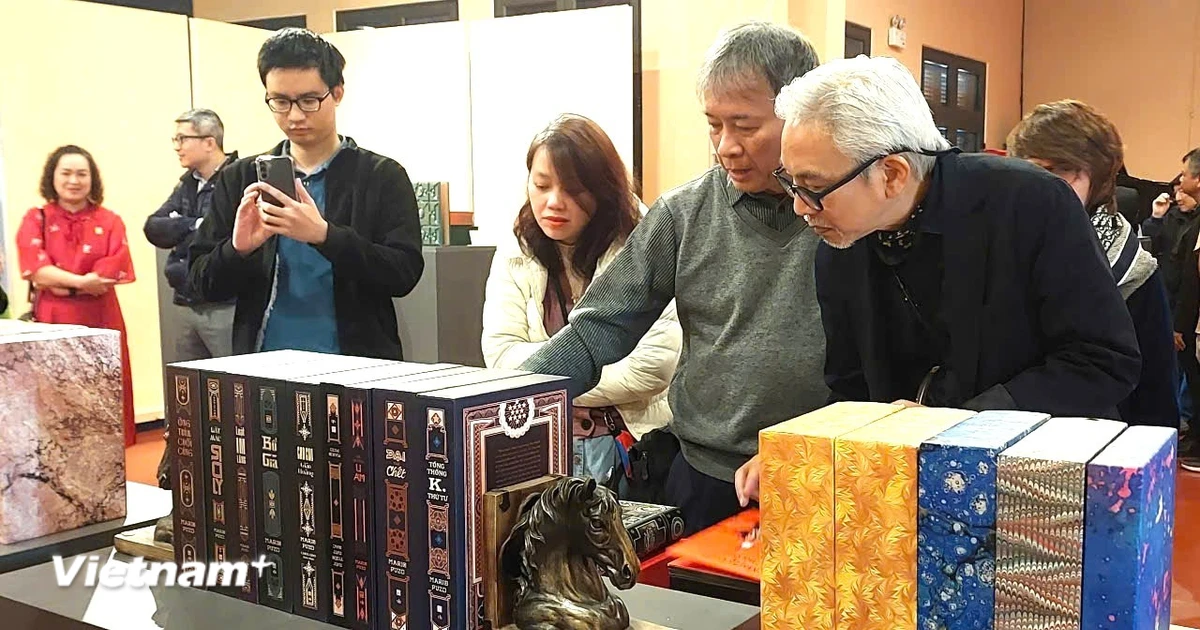
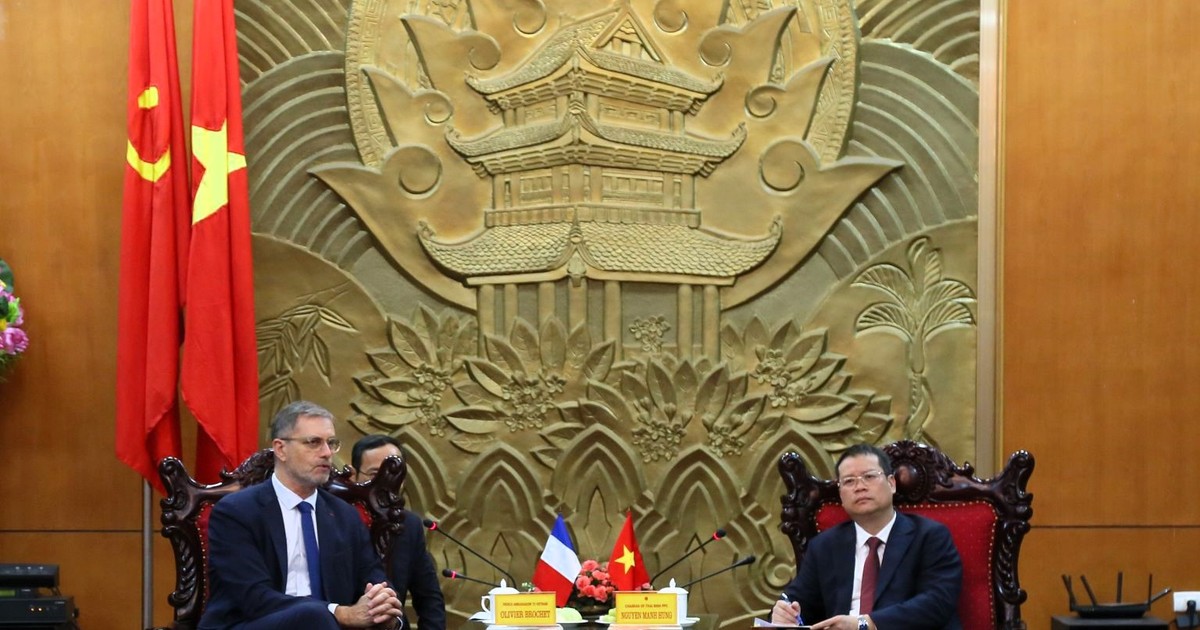
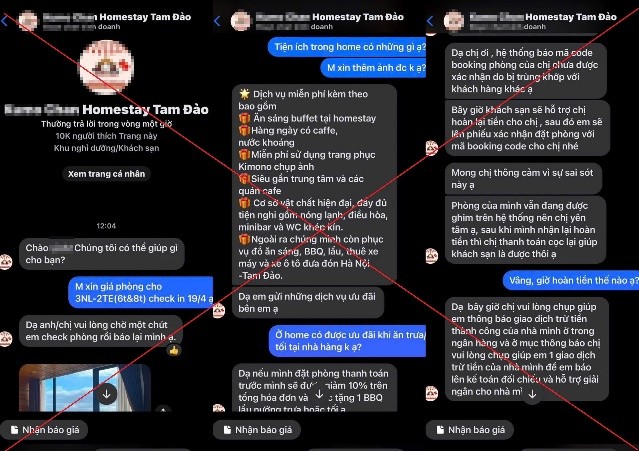








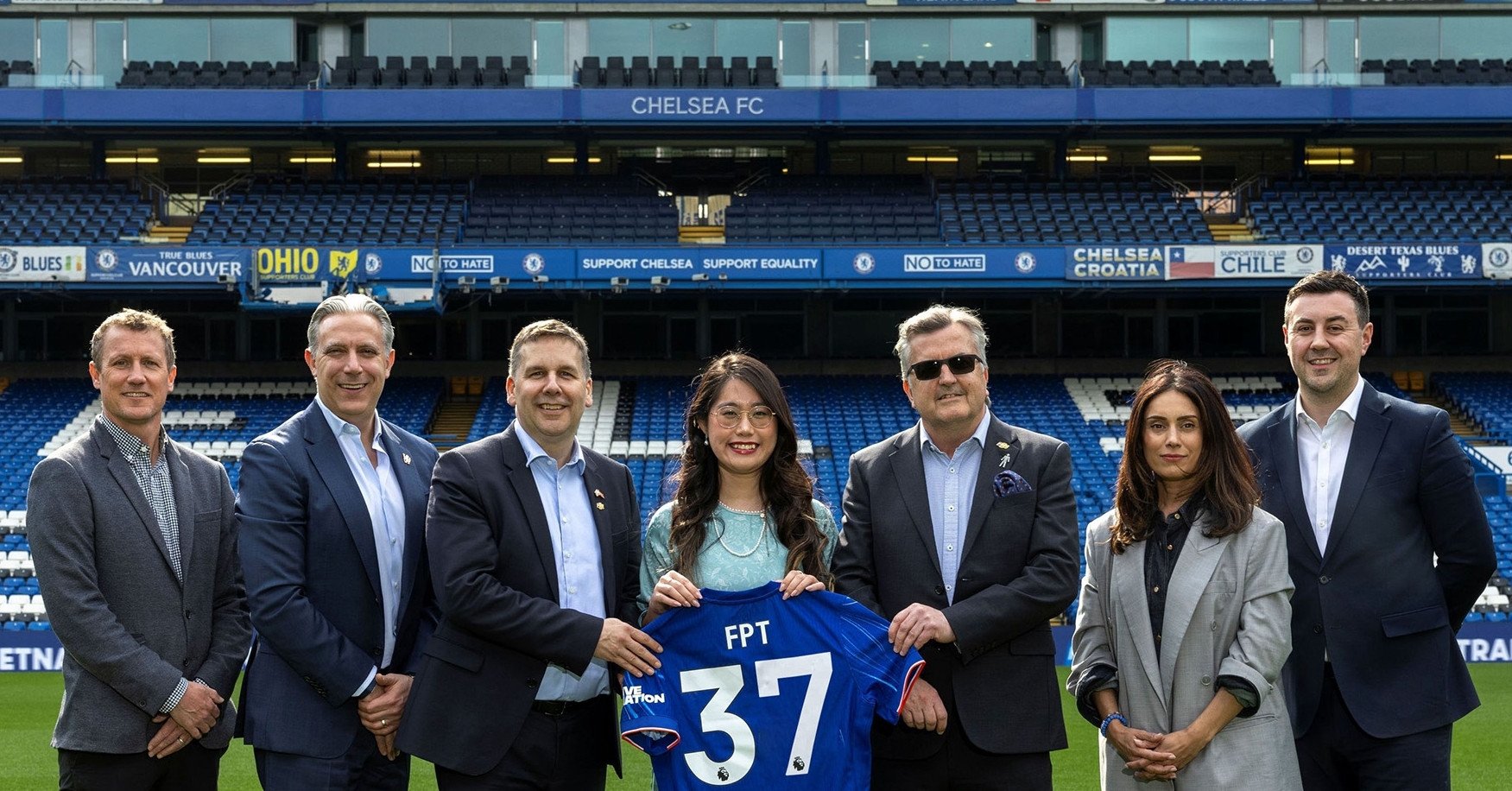












































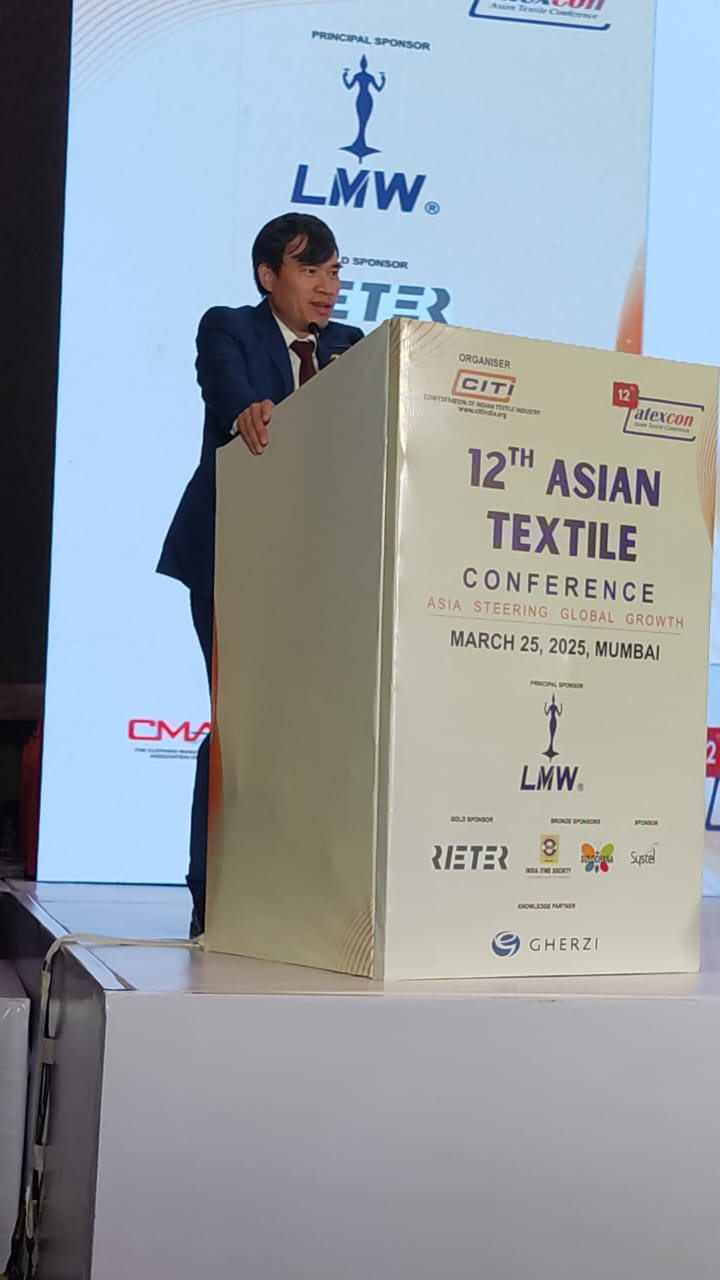
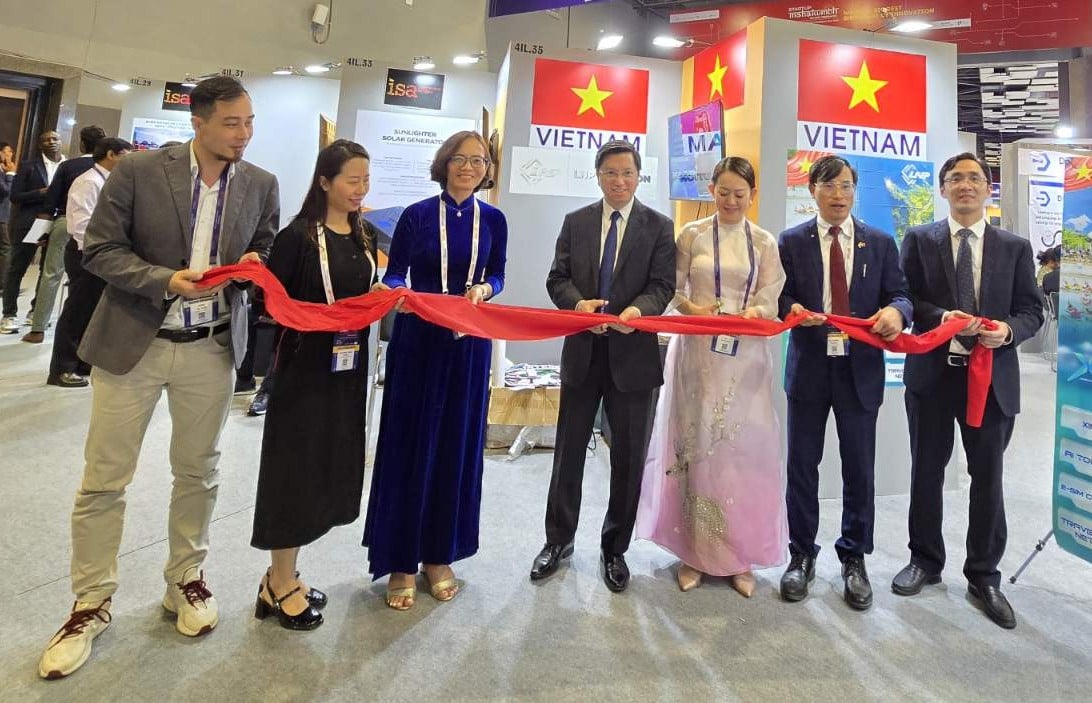
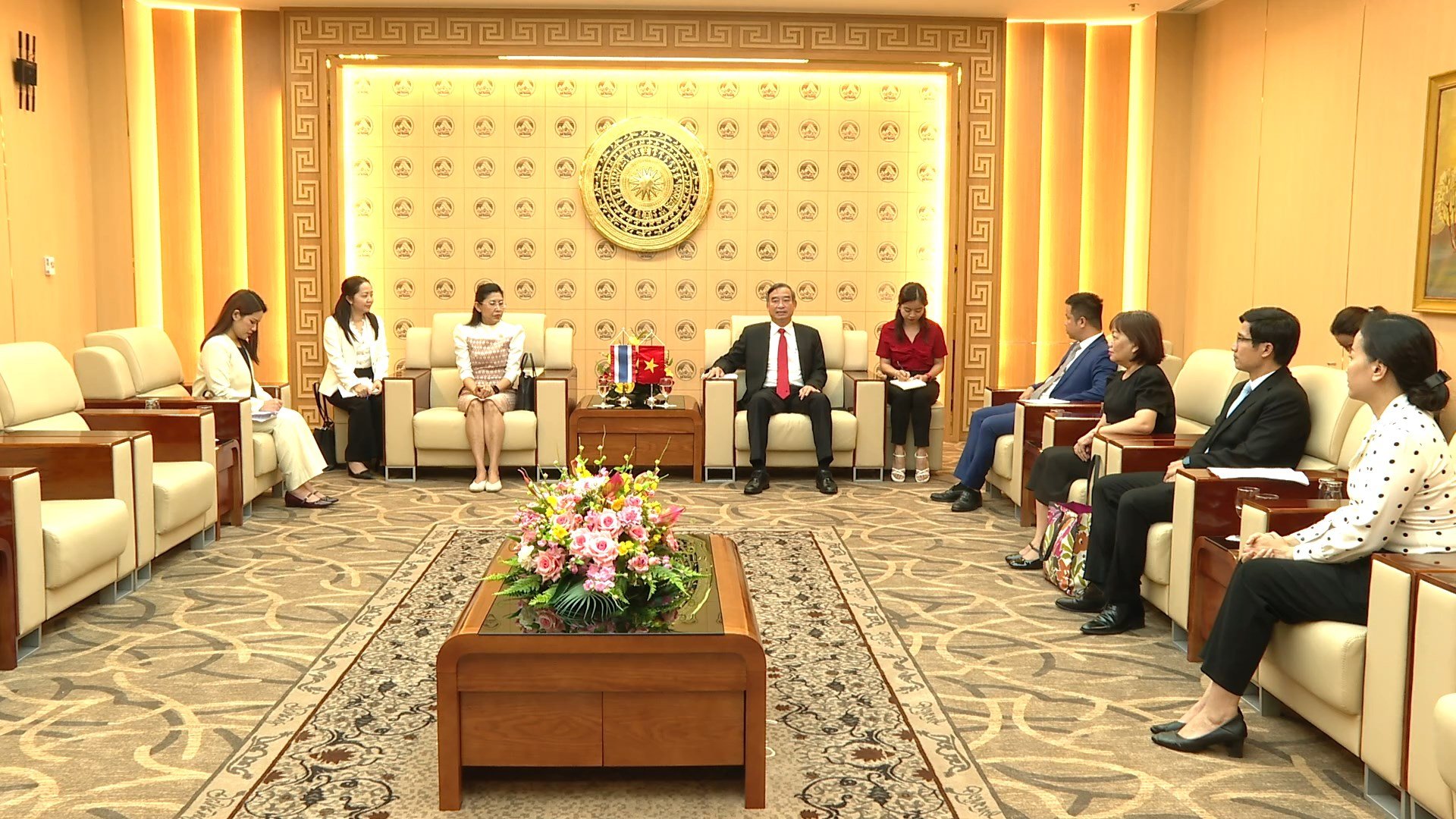
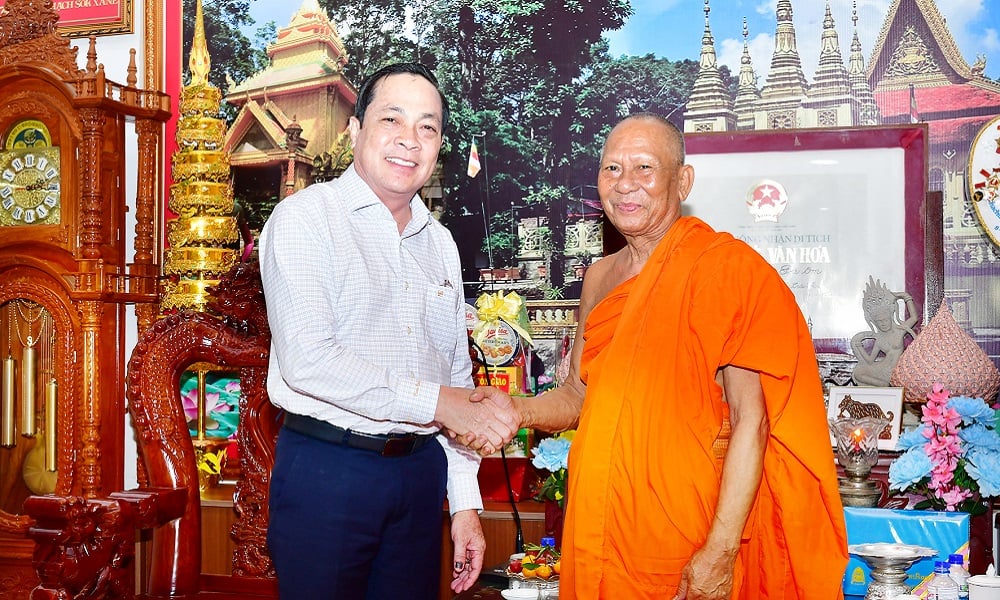
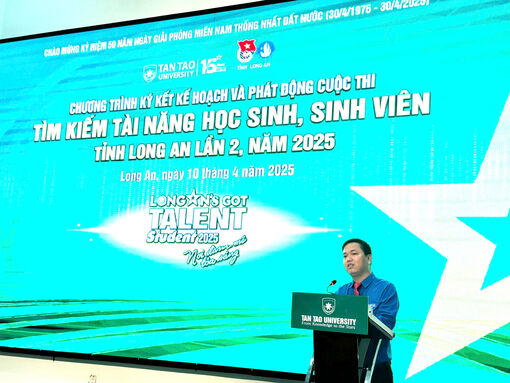
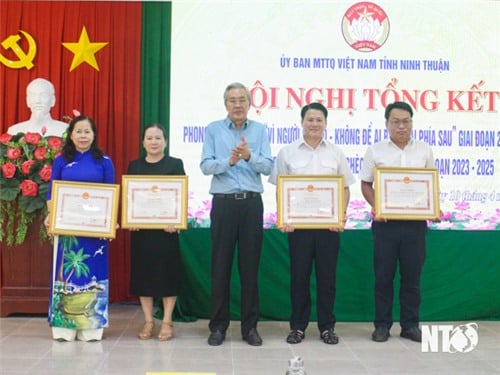










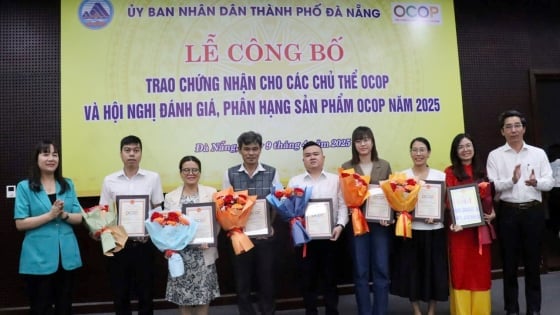
Comment (0)